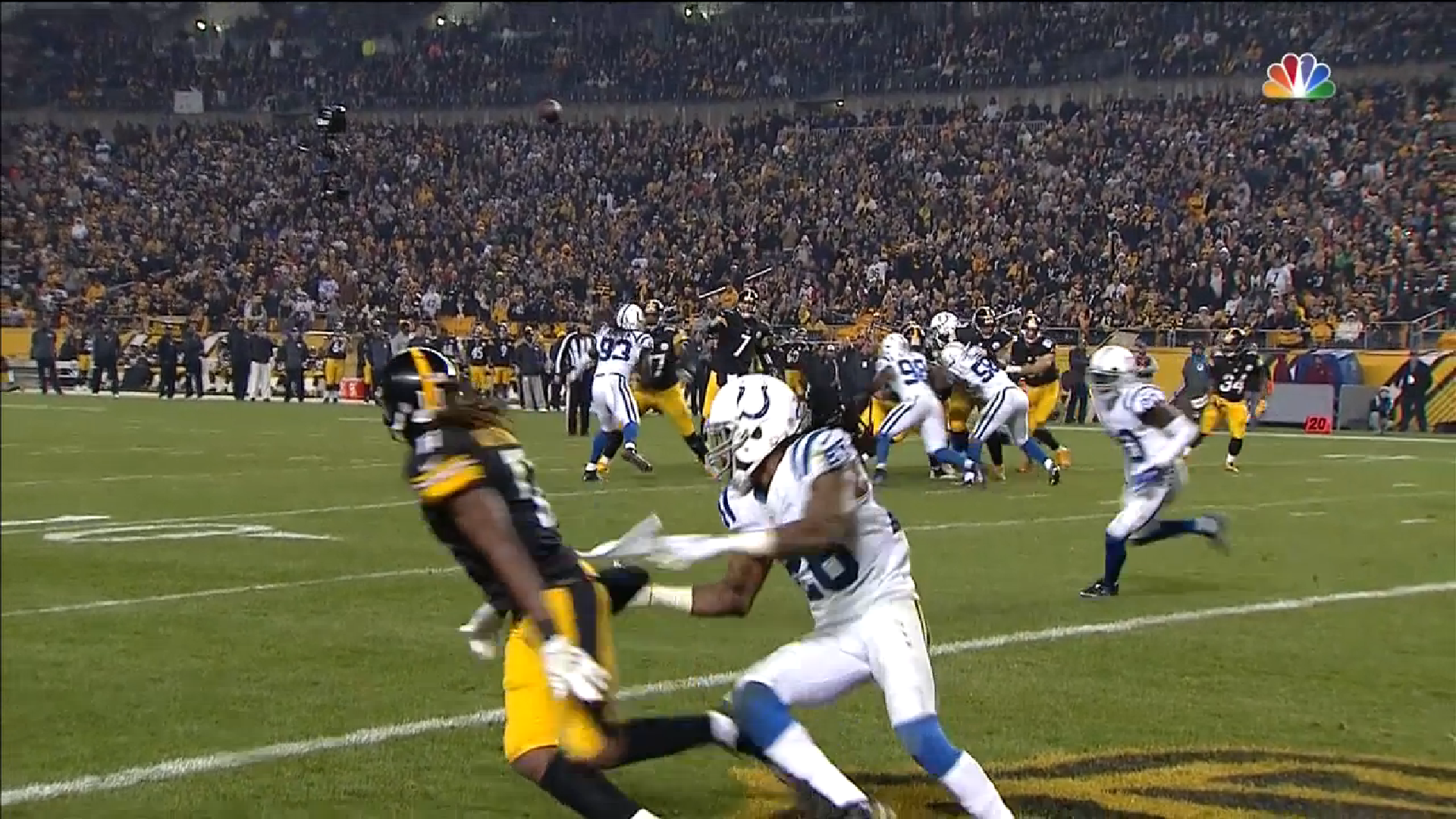The Pittsburgh Steelers have, by and large, been on an upward swing over the course of the past two and a half seasons after they missed the playoffs for two straight seasons, and failed to win a postseason game in four straight years.
Last season saw them gain that elusive playoff victory, though they came up short with about three minutes left in the Divisional round a week later. Their offense took off, and their defense improved, showing playmaking ability and opportunism.
But there are still a lot of unanswered questions facing the team as we crack into free agency territory. As an exercise, we like to take a stab at some of those questions, presenting arguments for the pros and cons of each side of the coin. This is the optimist’s take on the following question.
Question: How will the Steelers’ offense perform in the red zone during the 2016 season?
This is always a perennial concern of Steelers fans when it comes to the team’s offense, and it’s not unfounded, at least historically. Bruce Arians’ offense was renowned for excelling between the 20s but struggling inside, in the red zone, which helped swiften his departure.
The red zone efficiency has gradually improved under Todd Haley over the course of the past four years, but I have some information for you that you may be hesitant to believe at first: the Steelers actually did quite well in the red zone last season—that is, when Ben Roethlisberger was on the field.
And that is a very reasonable caveat, especially when you consider, as I wrote late last year, when the offense was without Roethlisberger, they produced only five touchdowns on 11 trips inside the red zone for a below 50 percent efficiency.
Yet the Steelers overall actually finished 13th in the league with a red zone efficiency percentage of 57.14, which tells you that Roethlisberger did quite well. In fact, he produced a touchdown on 29 of 45 trips inside the red zone, and on one of those occasions, the offense took a knee to end the game.
Thus, the offense got into the end zone on 29 of 44 meaningful red zone possessions under Roethlisberger for an effective red zone efficiency percentage of about 66 percent, which would have placed the team as the fourth-most efficient offense in the league last year (and which just goes to show how more efficient offenses have become).
Part of that success was the improvement in the ground game, with 16 of those red zone touchdowns coming on the ground. Roethlisberger should also do a better job of staying healthy this year, and will have new red zone targets at tight end even if Martavis Bryant took himself out of the equation.
So should the Steelers’ offense perform well in the red zone last year? Well, yes, because they did so last year, and they still have Roethlisberger, which is the biggest variable. I don’t know that they return to an effective efficiency rate of nearly two thirds, but I would be surprised if they fail to rank in the top 10.








